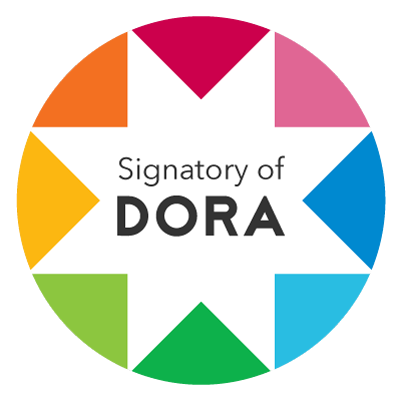Measurement of Creativity Index at Tween Level
DOI:
https://doi.org/10.35484/pssr.2022(6-II)34Keywords:
Creativity, Global Creativity Index, Tweens, Wallach and Kogan Creativity TestAbstract
The understanding of measuring the creativity of the students has always been neglected and the educated personals are not well aware how to measure the creativity. Educated personals failed to estimate creativity and also mythological understanding of creativity measurement. This study is an attempt to measure the creativity index of individuals at tween level. The objectives of the study were as; i) to accomplish an analytical mode of research in the area of fluency, flexibility, originality and elaboration and ii) to estimate the extent of novelty between boys and girls. Research questions were frame keeping in view the objectives using exploratory research approach in quantitative context. In order to achieve the objectives of the study, research instrument (test) was constructed to measure the creativity of tweens. The response value of answers was established after the Wallach and Kogan’s creativity assessment model. The Wah Cantt consisted on 46 schools, was selected as the population of the study. Total sample size was 900 students including 464 boys and 436 girls. The data were interpreted by using Percentage and Principal Component Analysis. The Principal component analysis differentiated the Kaiser-Meyer-Olkin (KMO) significance. KMO test is to measure the how much data appropriate for the factor analysis. it is recommended that the promotional activities should be applied rather than formal and classical approach to further minimize the subject oriented discriminations, the creativity testing, intelligence testing and aptitude testing mode should be included in the entire evaluation system at tween level
Downloads
Published
Details
-
Abstract Views: 156
PDF Downloads: 184
How to Cite
Issue
Section
License

RESEARCH OF SOCIAL SCIENCES (SMC-PRIVATE) LIMITED(ROSS) & PAKISTAN SOCIAL SCIENCES REVIEW (PSSR) adheres to Creative Commons Attribution-Non Commercial 4.0 International License. The authors submitting and publishing in PSSR agree to the copyright policy under creative common license 4.0 (Attribution-Non Commercial 4.0 International license). Under this license, the authors published in PSSR retain the copyright including publishing rights of their scholarly work and agree to let others remix, tweak, and build upon their work non-commercially. All other authors using the content of PSSR are required to cite author(s) and publisher in their work. Therefore, RESEARCH OF SOCIAL SCIENCES (SMC-PRIVATE) LIMITED(ROSS) & PAKISTAN SOCIAL SCIENCES REVIEW (PSSR) follow an Open Access Policy for copyright and licensing.






